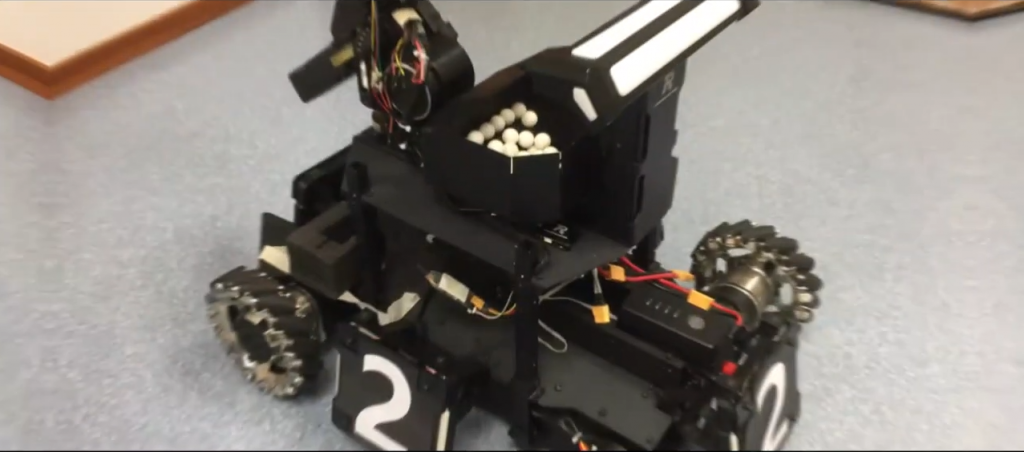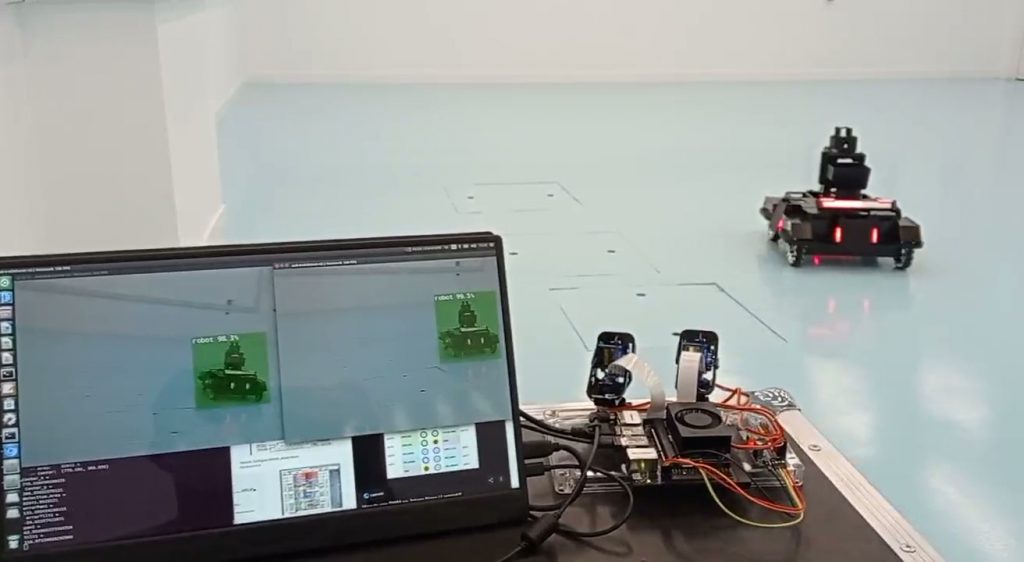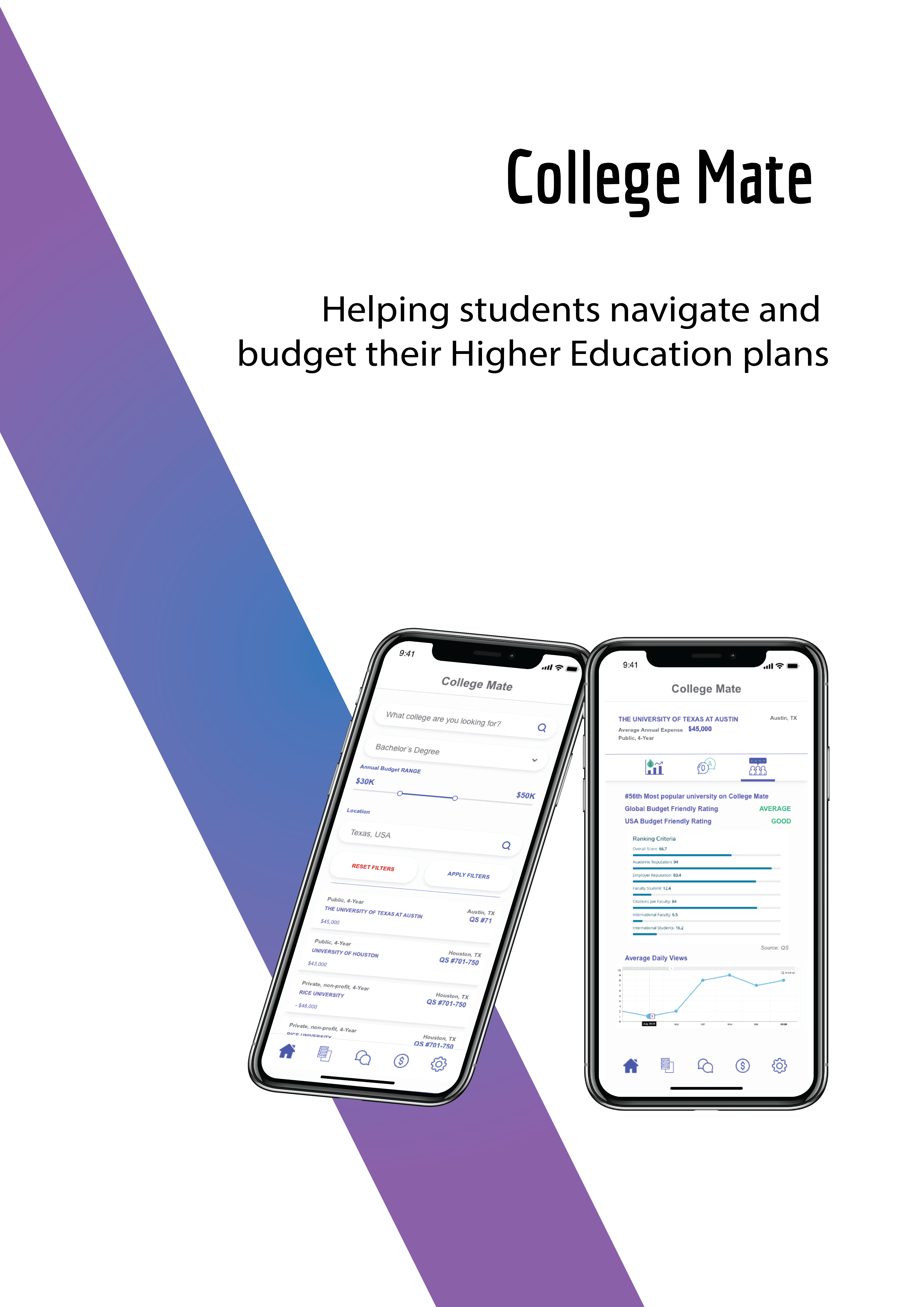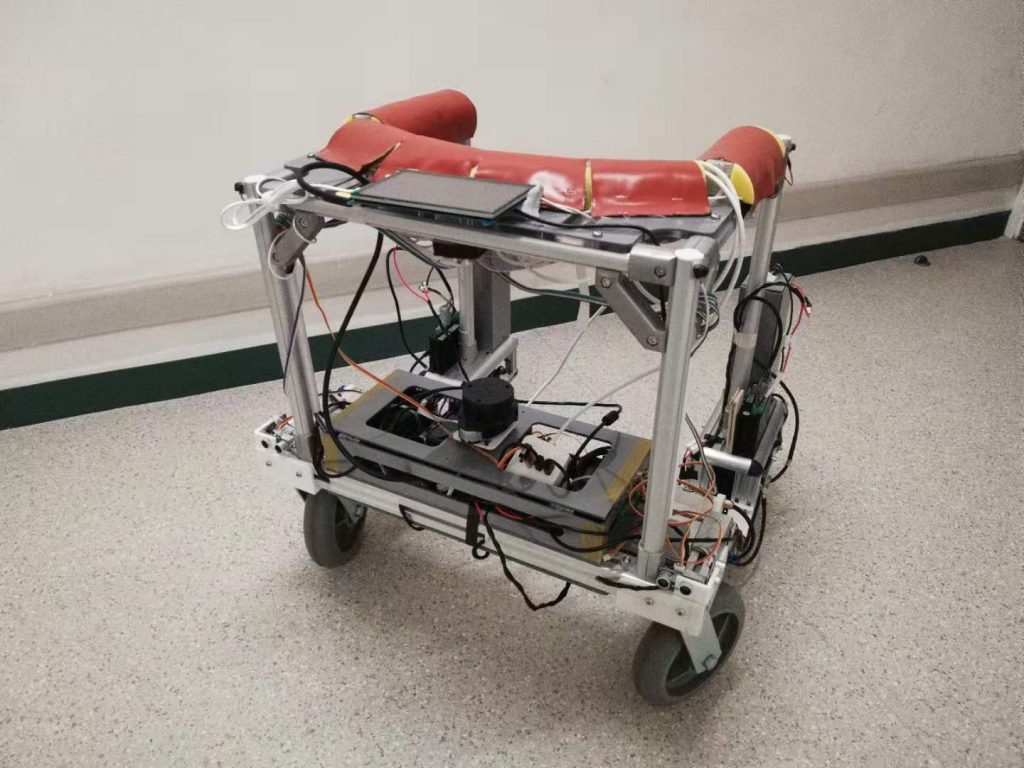RoboMaster 2020 Robotics Competition
In this project, students will learn AI and robot related technical disciplines (such as machine vision, embedded system design, mechanical control, inertial navigation, human-computer interaction, etc.) through designing and building intelligent robots according to the rules of the RoboMaster Robotics Competition. Different types of robots are required to cooperate with each other and work together to attack the base of the opponent and at the same time protect their own base. Students will form a team representing HKU to participate in the Competition and compete against other teams from all over the world.










